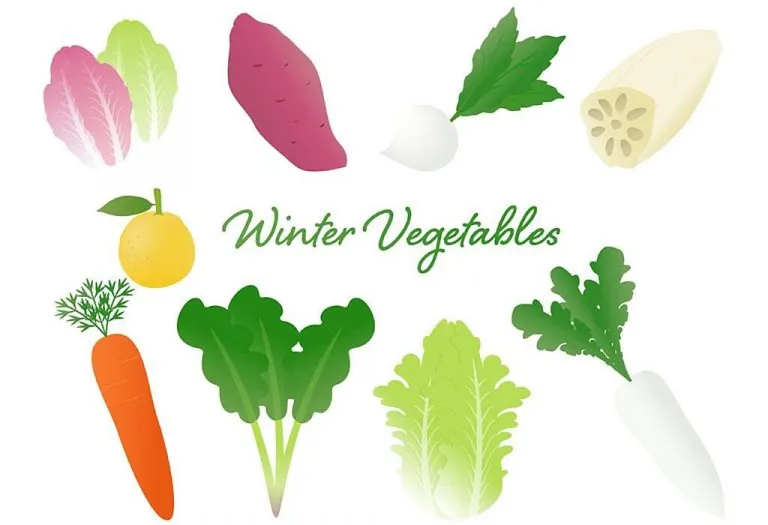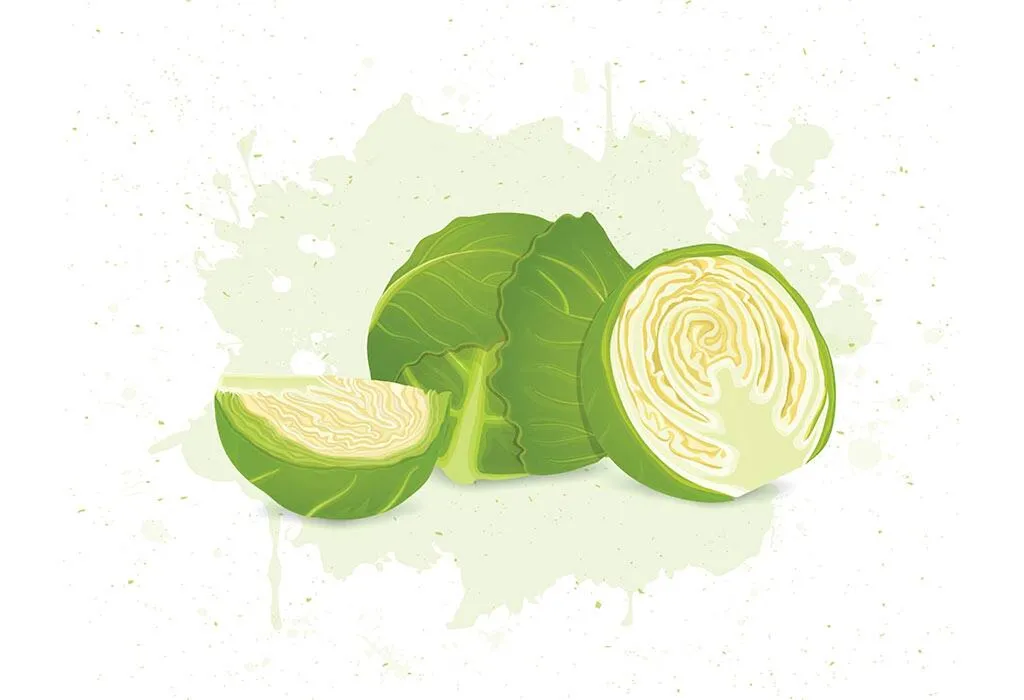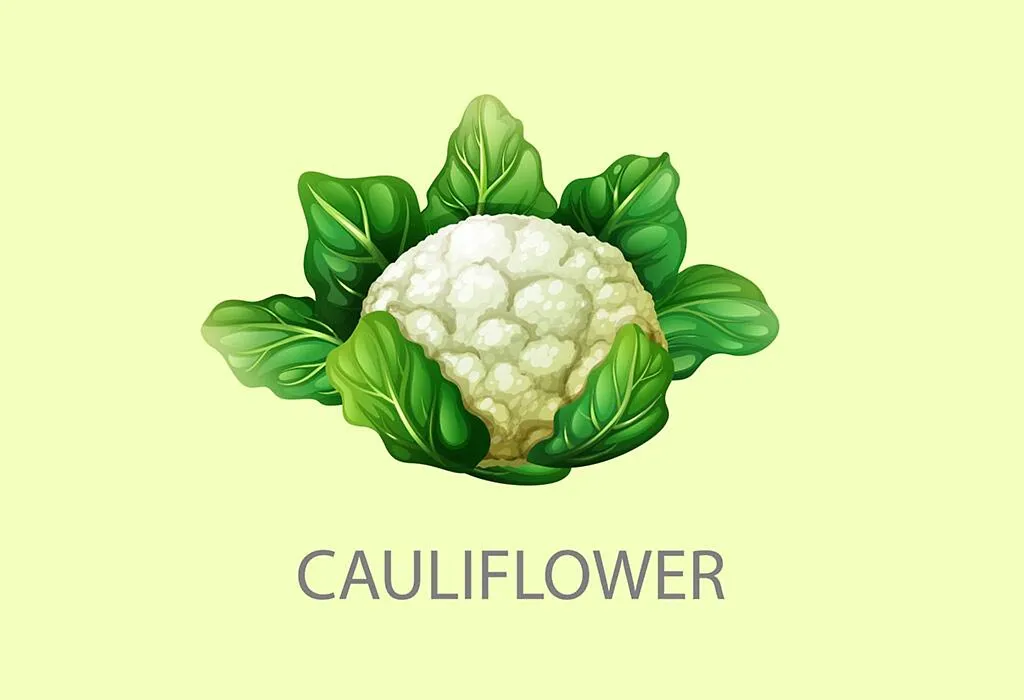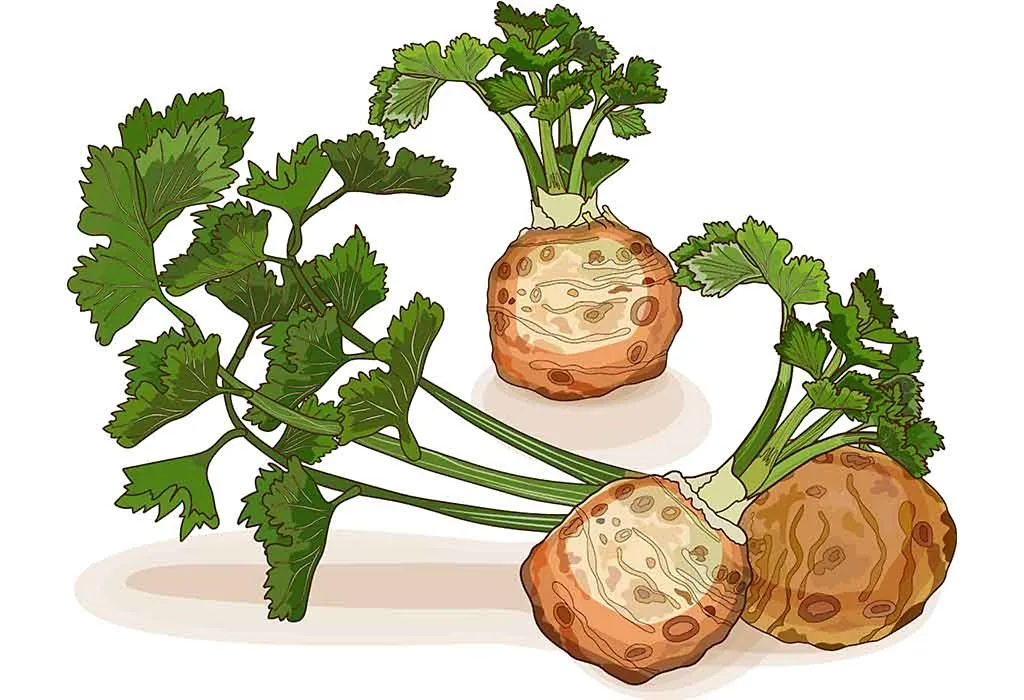Winter Vegetables: Everything Kids Need to Know
- What Are Winter Vegetables?
- What Is the Best Month to Plant Winter Vegetables?
- List of Winter Season Vegetables
- How to Include Winter Vegetables in Your Diet?
- Recipes Using Winter Vegetables
- FAQs
Winter is a magical time of frosty mornings and cosy evenings. But did you know it’s also the perfect season for some truly amazing winter vegetables to grow? Winter vegetables offer a colourful and nutritious array of options to keep kids and adults healthy and satisfied during the colder months. From vibrant root vegetables like carrots and beets to hearty greens like kale and spinach, the winter season boasts delicious produce packed with essential vitamins and minerals. Exploring these seasonal treasures introduces children to new flavours and textures and fosters an understanding of the connection between food and the changing seasons. Read on to learn everything about winter vegetables, from their nutritional benefits to fun ways to incorporate them into meals and snacks.
What Are Winter Vegetables?
Winter vegetables are a special group of hardy plants that thrive in the cold, often flourishing even under a blanket of snow. These veggies have learned to grow in lower light conditions and cooler temperatures, resulting in unique flavours and textures that differentiate them from their summer counterparts. They’re nature’s way of ensuring we get our greens, even in the chilliest months!
What Is the Best Month to Plant Winter Vegetables?
The best time to plant winter vegetables often depends on your region’s specific climate. Generally, late summer to early fall is ideal, allowing the veggies to establish their roots before the harshest winter conditions. Getting them in the ground before frost takes over is essential, ensuring they have a strong start to face the colder days ahead.
List of Winter Season Vegetables
Winter brings a bounty of vegetables that taste delicious and pack a punch when it comes to nutrition. If you’ve ever wondered about the winter vegetable names that grace markets and our dinner tables during the cold season, here’s a list to enlighten and inspire. Let’s explore some of the most popular winter veggies that make a culinary delight.
1. Brussels Sprouts
These tiny green orbs, resembling miniature cabbages, become sweeter after a frost and are a winter favourite.
2. Kale
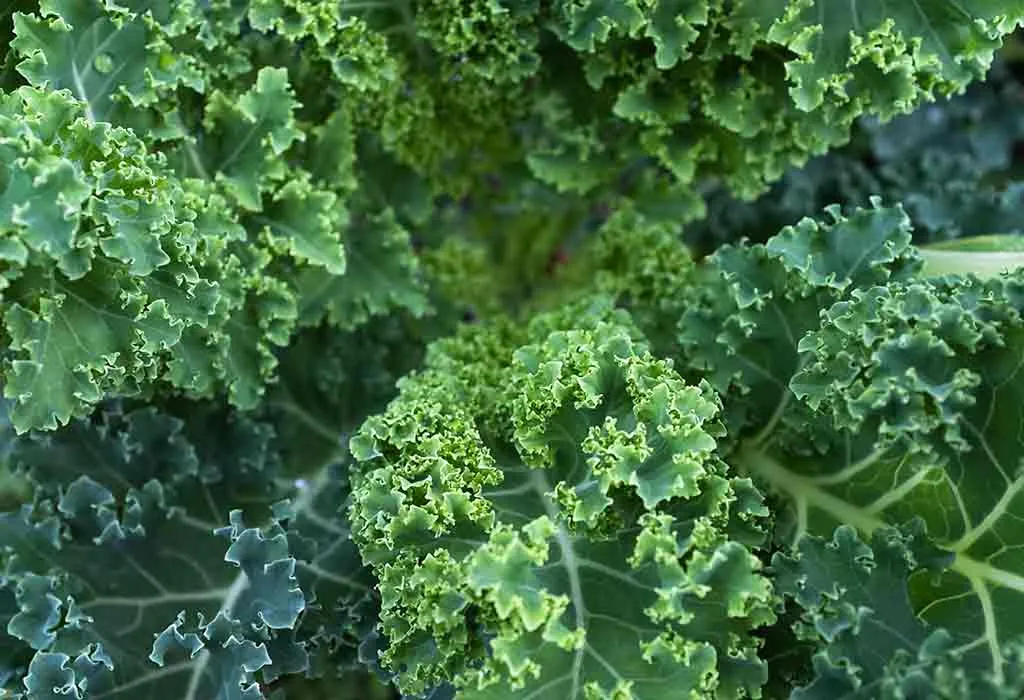
This leafy green is known for its curly leaves and is packed with nutrients (2). It’s resilient in cold temperatures and even gets a sweeter taste from frost.
3. Swiss Chard
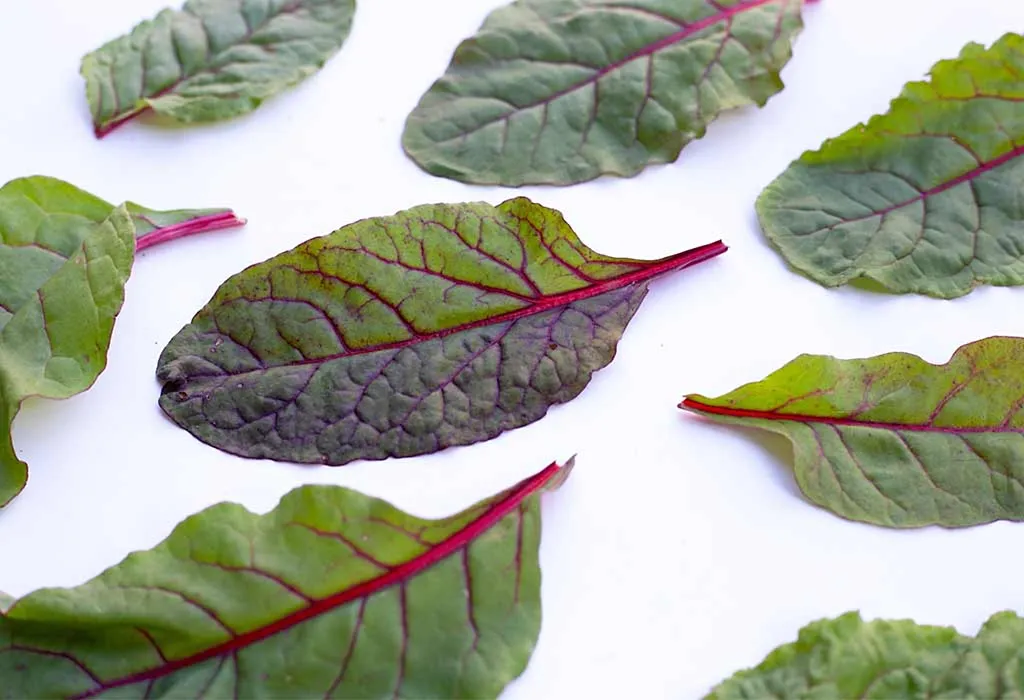
With its colourful stems and broad leaves, Swiss chard is visually appealing and rich in vitamins (4).
4. Collard Greens
These dark green, wide leaves are a staple in many winter dishes. Packed with vitamins, minerals, and fibre, they support digestive health and immune function (7). Their slightly bitter taste is well-suited to soups and stews.
5. Turnips
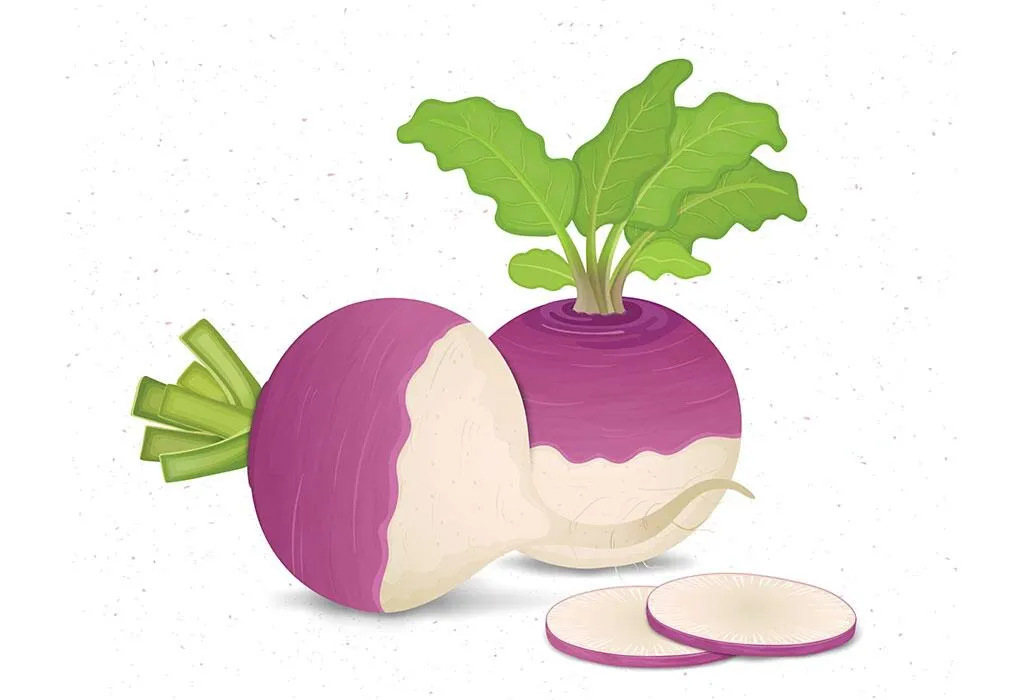
Both the bulbous root and its green tops can be eaten. Turnips have a unique peppery taste that mellows when cooked.
6. Rutabaga
A close cousin to turnips, rutabagas are larger and have a milder, slightly sweet flavour.
7. Beets
With their deep red colour and earthy taste, beets are perfect for roasting or even consuming raw in salads.
8. Cabbage
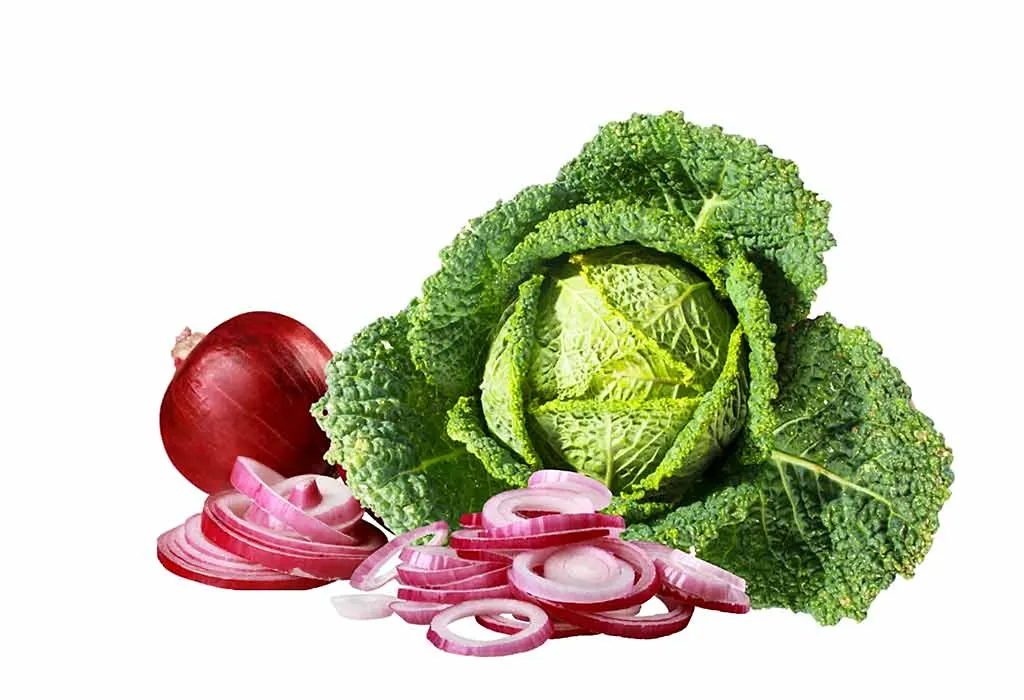
This versatile vegetable, available in green, red, and Savoy varieties, is a gardener’s delight. It thrives in cooler temperatures, making it a reliable addition to your garden.
9. Broccoli
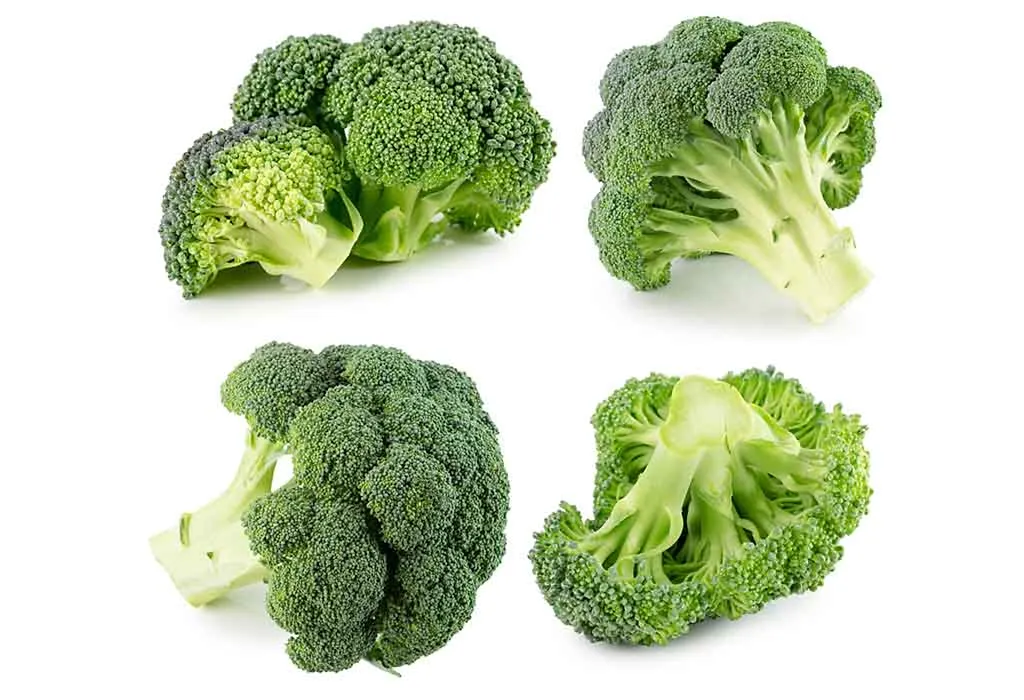
Broccoli is a versatile vegetable celebrated for its nutritional density and distinctive taste. Rich in vitamins, minerals, and antioxidants, it supports overall health, including heart health and digestion (6).
10. Cauliflower
Whether you opt for the classic white or the more novel purple and orange varieties, cauliflower is a winter delight.
11. Leeks
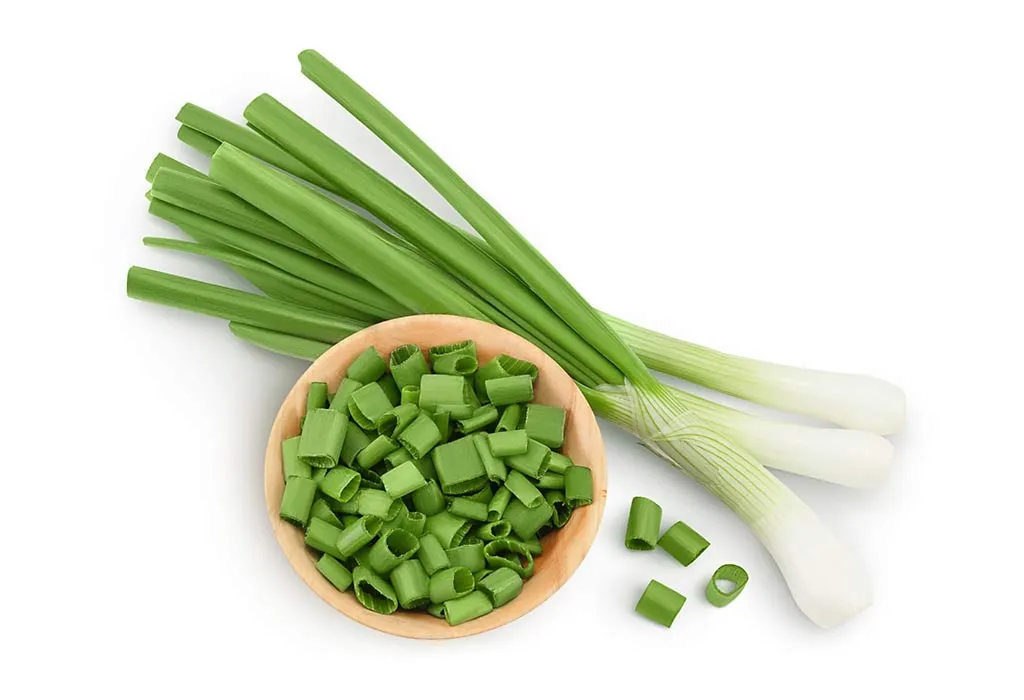
These have a mild onion flavour and can add depth to various dishes, from pies to soups.
12. Carrots
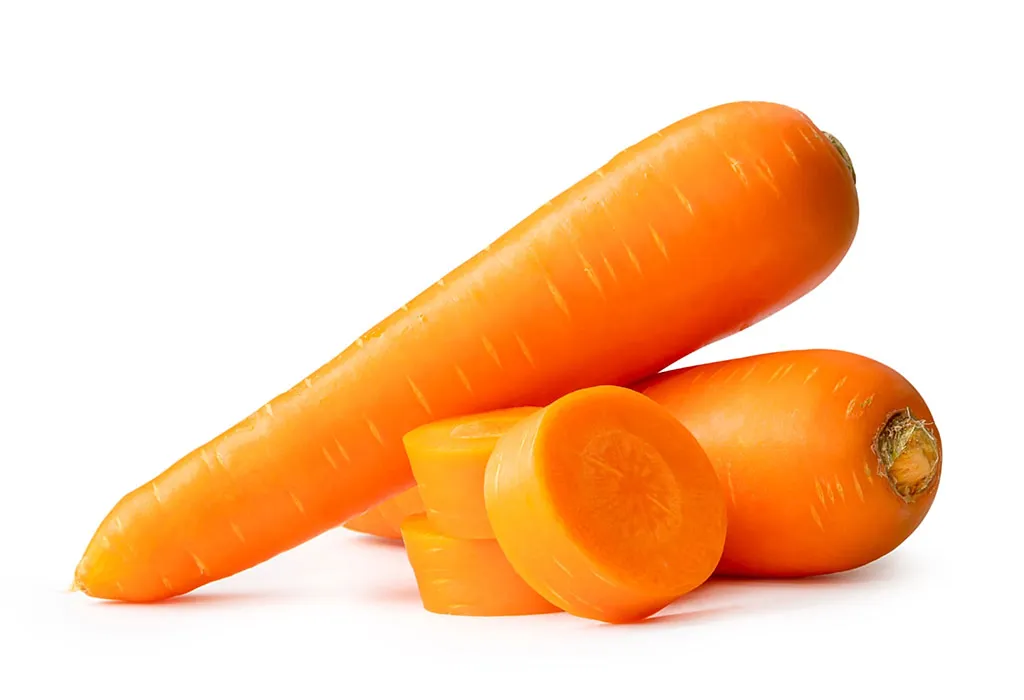
Carrots are vibrant orange root vegetables prised for their sweet flavour and crunchy texture. Packed with beta-carotene, they promote healthy vision and immune function, making them a nutritious addition to salads, stews, and snacks (5).
13. Parsnips
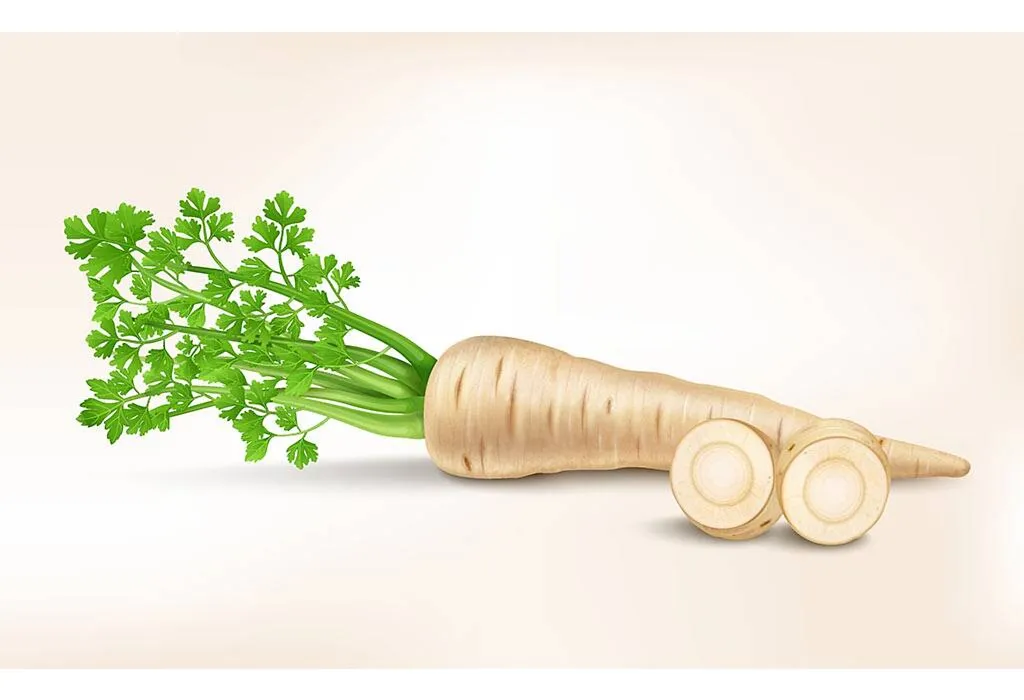
Similar in shape to carrots but white, parsnips have a nutty flavour, especially when roasted.
14. Jerusalem Artichokes
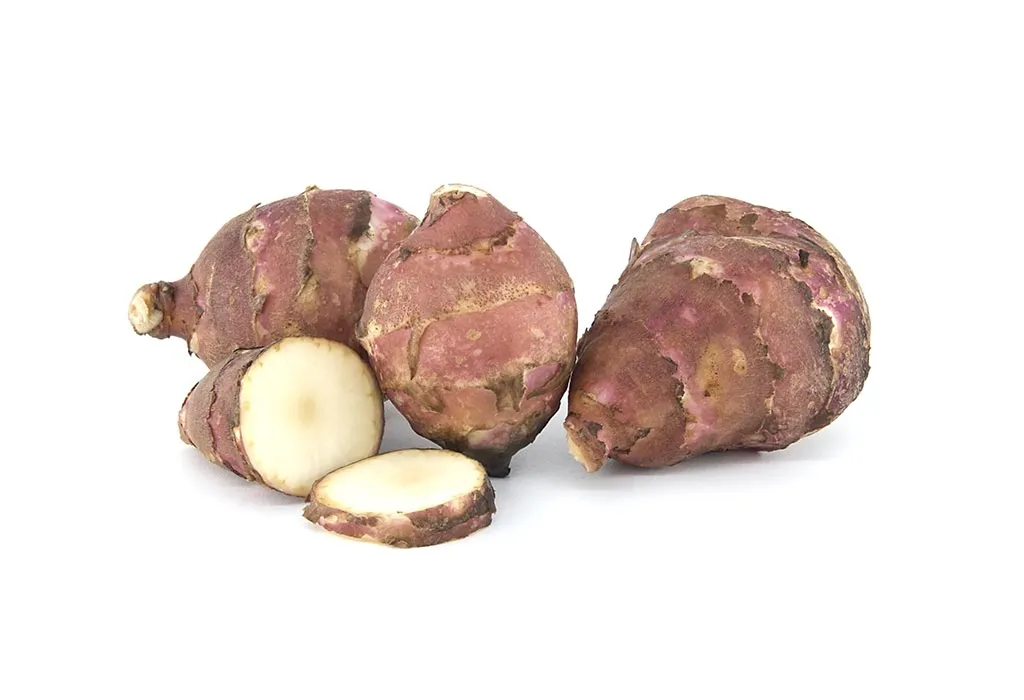
Also known as sunchokes, these tubers have a sweet, nutty flavour and are excellent in soups or roasted.
15. Spinach
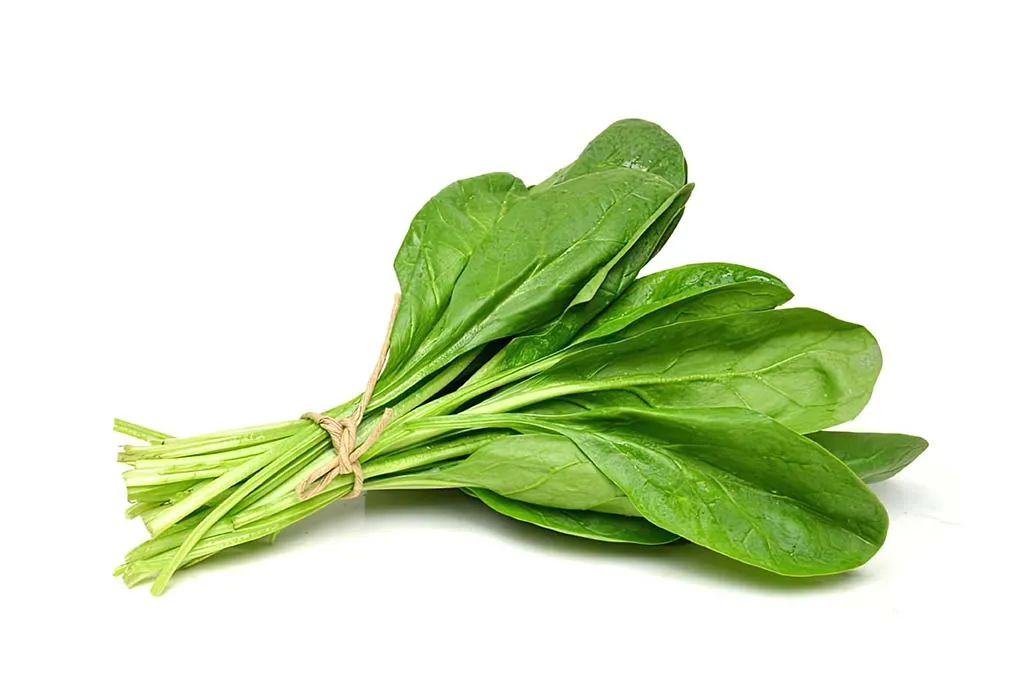
Packed with vitamins, minerals, and antioxidants, spinach offers numerous health benefits, including support for bone health, improved digestion, and enhanced immune function (3).
16. Endive
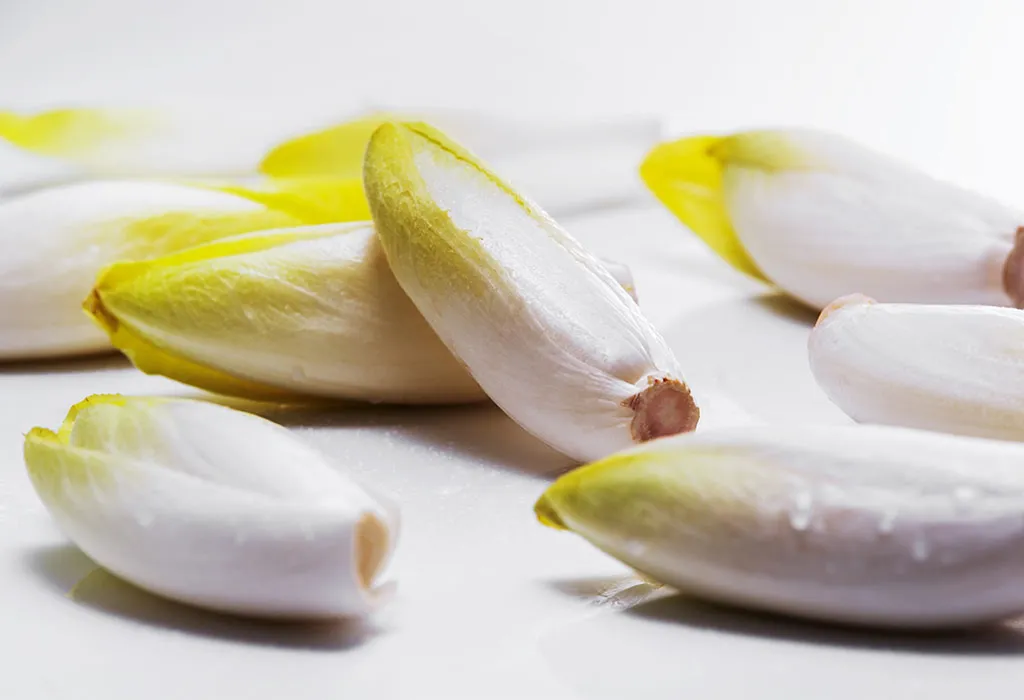
This leafy green has a crisp texture and a slightly bitter taste, making it ideal for salads.
17. Winter Squash

Varieties like butternut, acorn, and spaghetti squash are staples in many winter dishes.
18. Radishes
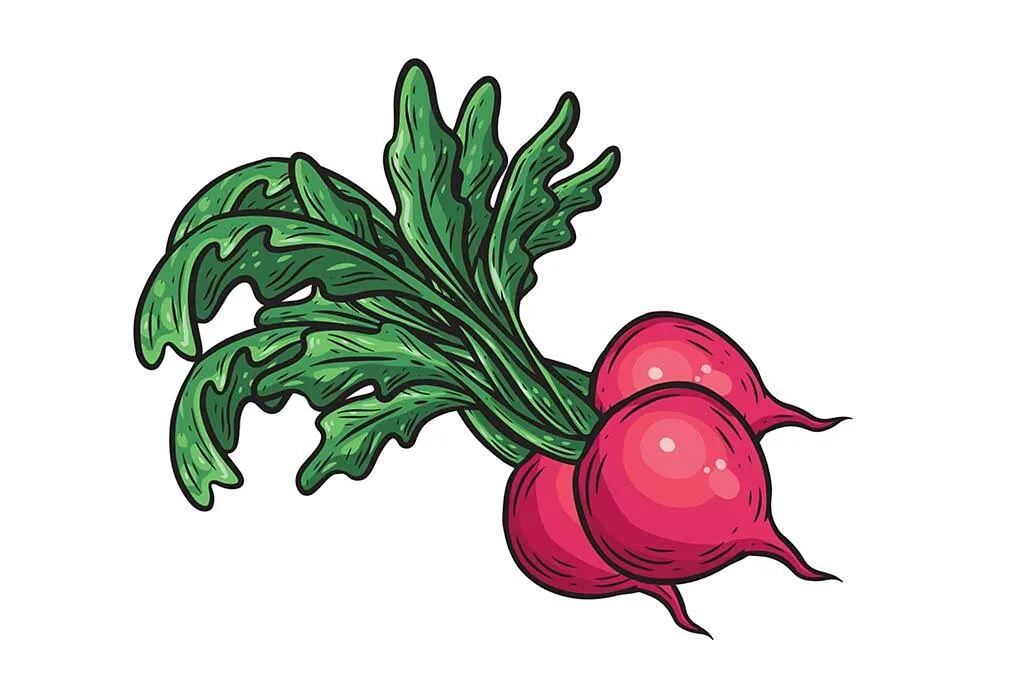
While there are various types, winter radishes are larger and can be spicier than their spring counterparts.
19. Fennel
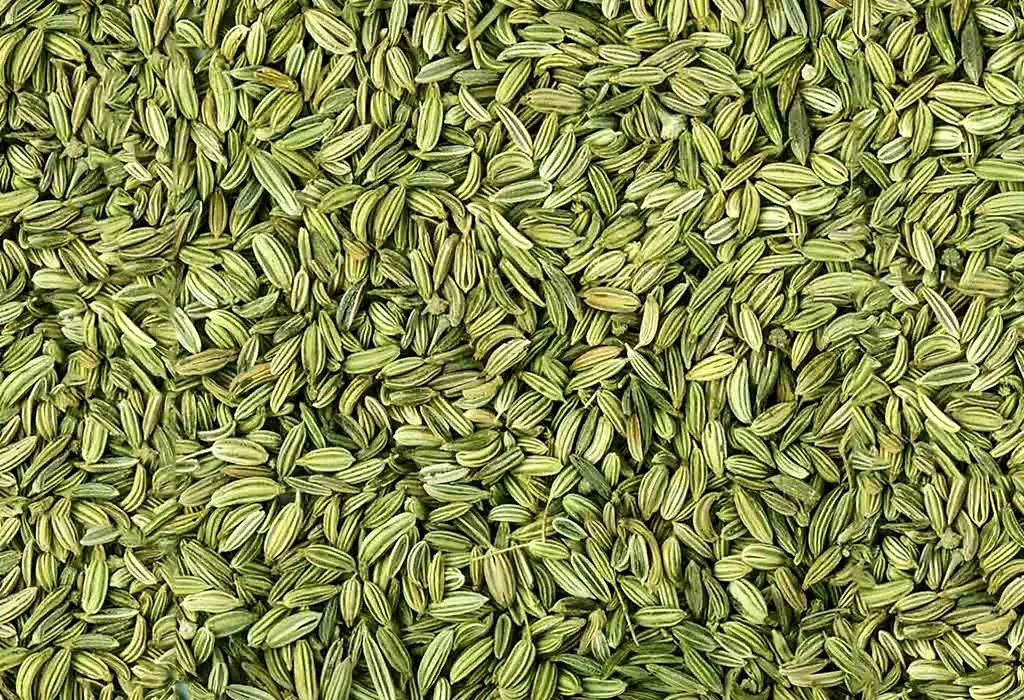
With its liquorice-like flavour, fennel can be eaten raw in salads or cooked to add depth to dishes.
20. Celery Root (Celeriac)
Though not the prettiest vegetable, its subtle celery flavour is excellent for soups and mashed dishes.
How to Include Winter Vegetables in Your Diet?
Including the richness of winter vegetables in your daily meals is a fantastic way to embrace the season and boost your health. Given the variety of winter season vegetable names and the diversity in their tastes and textures, it’s easy to get creative in the kitchen. Here are some delicious and easy ways to benefit from the best winter vegetables to grow during the chilly months.
1. Warm Winter Soups
Start with a base of leeks or onions, and then toss in diced carrots, parsnips, and celery root. Add your favourite broth and seasonings, and you have a hearty winter soup.
2. Roasted Veggies
Roasting brings natural sweetness to vegetables like Brussels sprouts, beets, and rutabagas. Toss them in olive oil, sprinkle some herbs, and roast until tender.
3. Stir-Fries
Quick and easy! Toss a mix of winter veggies like kale, broccoli, and Swiss chard with garlic and ginger for an Asian-inspired dish.
4. Salads With a Twist
Fresh spinach, endive, and thinly sliced fennel make a refreshing salad base. Top with roasted nuts and your favourite dressing.
5. Veggie-Packed Stews
Slow-cooked stews with chunks of turnips, winter squash, and collard greens can be filling and warming.
6. Gratins and Bakes
For a delicious gratin, layer thinly sliced veggies like potatoes, turnips, and Swiss chard with cheese and cream.
7. Steamed to Perfection
Simple and nutritious! Steam a combination of carrots, broccoli, and cauliflower, seasoning with butter and fresh herbs.
8. Mashes and Purees
Boil and mash veggies like celery root and parsnips with butter and seasonings for a smooth, creamy side dish.
9. Pasta Dishes
Incorporate winter veggies into your favourite pasta dishes. Roasted Brussels sprouts and kale go well with spaghetti and olive oil.
10. Smoothies
Yes, you read that right! Blend raw spinach, kale, or roasted beets with fruits, yoghurt, or almond milk for a nutrient-packed smoothie.
Recipes Using Winter Vegetables
Winter vegetables not only provide a burst of nutrition but also introduce a variety of flavours to relish. Exploring recipes that hero these seasonal veggies can transform your winter dining experience. Whether you’re looking for a cosy meal for a family dinner or a quick dish for a busy weekday, these recipes will have you covered.
1. Roasted Beet and Carrot Salad
Ingredients
- 3 medium-sized beets, peeled and diced
-
2 large carrots, peeled and sliced into thin rounds
-
2 tbsp olive oil
-
Salt and pepper to taste
-
2 tbsp feta cheese, crumbled
-
2 tbsp roasted walnuts, chopped
-
2 tbsp fresh parsley, finely chopped
-
1 tbsp balsamic vinegar
Servings – 4 servings
Preparation Time – 10 minutes
Cooking Time – 25 minutes
Total Time – 35 minutes
Instructions
1. Preheat the oven to 425°F (220°C).
2. In a mixing bowl, combine diced beets and carrot slices. Drizzle with olive oil, salt, and pepper, ensuring they’re well-coated.
3. Spread the vegetables evenly on a baking tray.
4. Roast in the oven for about 25 minutes or until tender and slightly caramelised.
5. Once roasted, let them cool for a few minutes.
6. Transfer to a serving bowl and sprinkle with feta cheese, roasted walnuts, and fresh parsley.
7. Drizzle with balsamic vinegar before serving. This final touch adds a flavour that will leave you craving more!
2. Creamy Cauliflower and Leek Soup
Ingredients
- 1 large cauliflower, chopped into florets
-
2 leeks, cleaned and sliced (white and light green parts only)
-
2 tbsp butter
-
4 cups vegetable broth
-
1 cup heavy cream
-
Salt and pepper to taste
-
Fresh chives for garnish
Servings – 6 servings
Preparation Time – 10 minutes
Cooking Time – 30 minutes
Total Time – 40 minutes
Instructions
1. In a large pot, melt the butter over medium heat.
2. Add the sliced leeks and saute until they’re soft, about 5 minutes.
3. Add cauliflower florets to the pot and stir.
4. Pour in the vegetable broth, bring the mixture to a boil, then reduce heat and simmer until the cauliflower is tender about 20 minutes.
5. Using a blender or immersion blender, puree the soup until smooth.
6. Stir in the heavy cream and season with salt and pepper.
7. Serve hot, garnished with fresh chives.
3. Spinach and Feta Stuffed Winter Squash
Ingredients
-
2 small winter squash (like acorn or butternut)
-
2 tbsp olive oil
-
3 cups fresh spinach, chopped
-
1 onion, finely chopped
-
2 garlic cloves, minced
-
1/2 cup feta cheese, crumbled
-
Salt and pepper to taste
Servings – 4 servings
Preparation Time – 15 minutes
Cooking Time – 40 minutes
Total Time – 55 minutes
Instructions
1. Preheat the oven to 400°F (200°C).
2. Cut the winter squash in half and scoop out the seeds.
3. Brush the insides with 1 tbsp olive oil and season with salt and pepper.
4. Place them cut side down on a baking tray and roast for about 25 minutes or until slightly tender.
5. Heat the remaining olive oil in a pan and saute onions until translucent.
6. Add garlic and spinach, cooking until the spinach wilts.
7. Remove from heat and mix in the feta cheese.
8. Once the squash is out of the oven, cut them aside and stuff them with the spinach and feta mixture.
9. Return to the oven and bake for an additional 15 minutes.
10. Serve warm.
4. Crispy Kale and Parmesan Chips
Ingredients
-
1 bunch of kale, washed, dried, and torn into bite-sized pieces
-
2 tbsp olive oil
-
1/4 cup grated Parmesan cheese
-
Salt to taste
Servings – 4 servings
Preparation Time – 10 minutes
Cooking Time – 15 minutes
Total Time – 25 minutes
Instructions
1. Preheat the oven to 325°F (165°C).
2. Toss kale pieces with olive oil and salt in a large bowl.
3. Lay them out in a single layer on a baking sheet.
4. Sprinkle with the grated Parmesan cheese.
5. Bake in the oven for about 15 minutes or until the edges are brown but not burnt.
6. Let them cool for a few minutes before serving.
These recipes are sure to bring warmth and flavour to your table. The great thing about winter vegetables is their versatility, so feel free to get creative and adjust these recipes to fit your taste.
FAQs
1. What are the health benefits of winter vegetables?
Winter vegetables are crucial in maintaining a balanced diet, especially during colder months when fresh produce may be less available. They are rich in essential vitamins and minerals, such as vitamin C, fibre, and antioxidants, which help boost the immune system, support overall health, and provide energy (1).
2. Can winter vegetables be grown at home?
Many winter vegetables can be successfully grown at home, even in colder climates. Some popular winter vegetables to plant include leafy greens like kale and spinach, root vegetables such as carrots and radishes, and herbs like parsley and cilantro.
Winter vegetables offer a delightful combination of flavours, textures, and nutritional benefits, making the colder months vibrant and nourishing. Whether cultivating your garden or exploring the produce aisle, a treasure trove of seasonal delights is waiting to be discovered. Embrace these gems of the season, experiment with recipes, and enjoy the rich tapestry of tastes that winter brings to our plates.
References/Resources:
1. 7 Amazing Benefits of Winter Vegetables; GOODNET; https://www.goodnet.org/articles/7-amazing-benefits-winter-vegetables
2. Kale; Harvard T.H. Chan School of Public Health; https://www.hsph.harvard.edu/nutritionsource/food-features/kale/
3. Roberts. J. L, Moreau. R; Functional properties of spinach (Spinacia oleracea L.) phytochemicals and bioactives; PubMed; https://pubmed.ncbi.nlm.nih.gov/27353735/
4. Mzoughi. Z, Chahdoura. H, Chakroun. Y, et al.; Wild edible Swiss chard leaves (Beta vulgaris L. var. cicla): Nutritional, phytochemical composition and biological activities; Food Research International; https://www.sciencedirect.com/science/article/abs/pii/S0963996918308251
5. Nutritional and Health Benefits of Carrots and Their Seed Extracts; Scientific Research Publishing; https://www.scirp.org/journal/paperinformation?paperid=52066
6. Syed. R. U, Moni. S. S, Break. M. K. B, et al.; Broccoli: A Multi-Faceted Vegetable for Health: An In-Depth Review of Its Nutritional Attributes, Antimicrobial Abilities, and Anti-inflammatory Properties; PubMed Central; https://www.ncbi.nlm.nih.gov/pmc/articles/PMC10376324/
7. Collard Greens; NutritionFacts.org; https://nutritionfacts.org/topics/collard-greens/
Also Read:
Fruits and Vegetables For Children– Benefits and Facts
How to Make Your Kid To Eat Vegetables
Healthy Vegetables You Should Eat This Winter
Was This Article Helpful?
Parenting is a huge responsibility, for you as a caregiver, but also for us as a parenting content platform. We understand that and take our responsibility of creating credible content seriously. FirstCry Parenting articles are written and published only after extensive research using factually sound references to deliver quality content that is accurate, validated by experts, and completely reliable. To understand how we go about creating content that is credible, read our editorial policy here.






